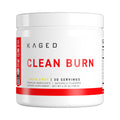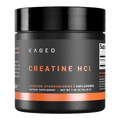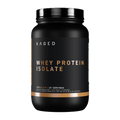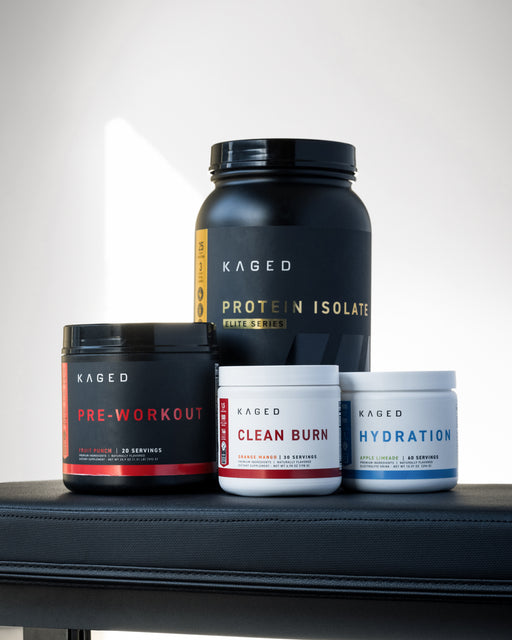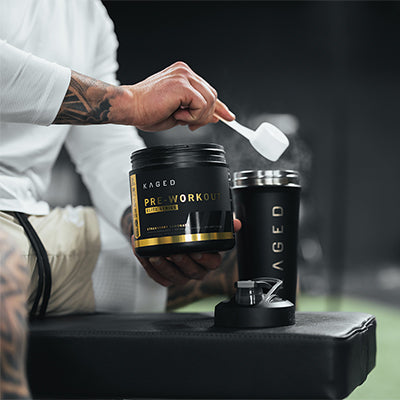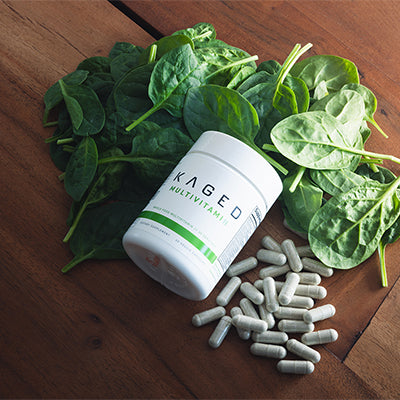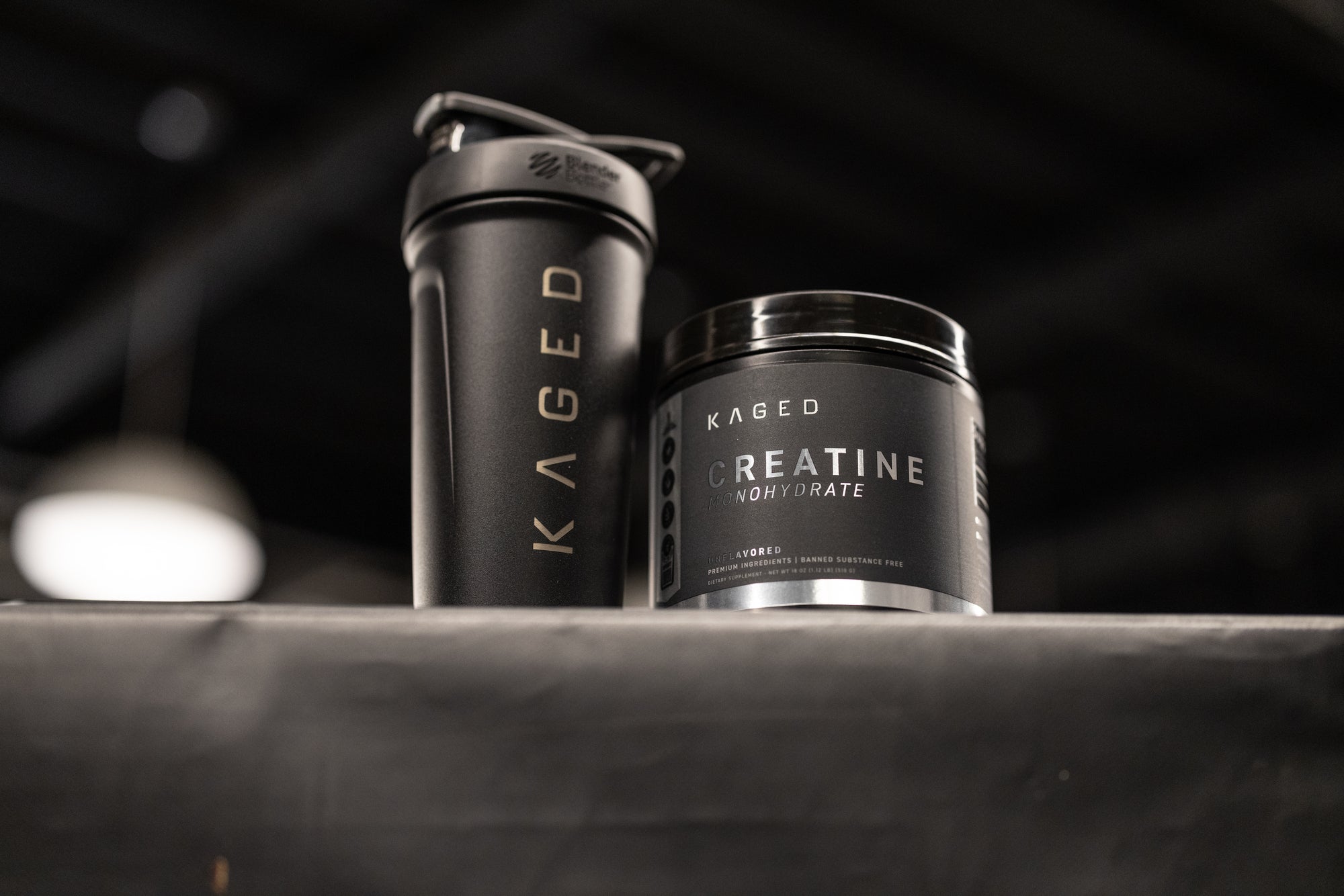If you’ve been looking into creatine supplements, you’ve probably come across two terms: creatine monohydrate and micronized creatine monohydrate. The difference is simple. Micronized creatine uses the same molecule, just broken down into smaller particles.
What Is Creatine?
Creatine is one of the most studied sports supplements in the world. It helps your muscles produce more energy during high-intensity exercise, which can lead to improved strength, power, and muscle growth over time.
Most supplements use creatine monohydrate, the gold standard form backed by decades of research.
If you're new to creatine, check out our article creatine for beginners.
What Does “Micronized” Mean?
“Micronized” creatine is still creatine monohydrate. It’s just been processed into smaller particles. This doesn’t change the creatine itself. It simply makes it easier to mix and absorb.
-
Creatine Monohydrate: Standard form, larger particles, may not dissolve as smoothly.
-
Micronized Creatine Monohydrate: Same creatine, but ground into smaller particles for better mixability, less clumping, and gentler digestion for some people.
Why Are Smaller “Micronized” Particles Easier to Absorb?
Smaller particles have a greater surface area, which helps them dissolve more completely in liquid. This makes it easier for your body to absorb and use the creatine once you drink it.
Which One Should You Take?
Both forms deliver the same proven benefits of creatine monohydrate. The main advantage of choosing a micronized version is convenience: it mixes better in water or shakes and can be easier on your stomach.
That’s why at Kaged, we use micronized creatine monohydrate, so you get all the benefits of the most researched form of creatine, in a powder that dissolves cleanly and goes down smooth.
Is Micronized Creatine More Expensive?
This depends on the brand and the overall quality of the product.
Historically, micronized creatine has cost more than ordinary creatine monohydrate. It’s true, breaking it down into smaller particles is an extra step. However, there are two caveats to this.
First, many brands that use micronized creatine also have more strict third-party certifications. That’s the case with Kaged. All our creatine is Informed-Sport Certified to be free of all banned substances.
Second, even micronized creatine is very affordable. Ours comes in at just 30 cents per scoop.
So yes, it may cost a few more cents per scoop, but for the quality and convenience, it’s worth it.
The Bottom Line
When it comes to creatine vs micronized creatine, there’s no difference in effectiveness. Micronization just improves the experience of taking it.
If you’re new to creatine, start with micronized creatine monohydrate for the most reliable results and easiest mixability.
Learn more about Kaged Micronized Creatine Monohydrate here.
Micronized Creatine vs Creatine HCl
Creatine HCl mixes much better than micronized creatine monohydrate. Rather than smaller particles, Creatine HCl is an entirely different molecule that dissolves much more easily in water.
That’s why Creatine HCl is typically considered easier on the stomach and better if you want to avoid bloating. But it is more expensive. For more on these pros and cons, check out our article on creatine monohydrate vs HCl.

